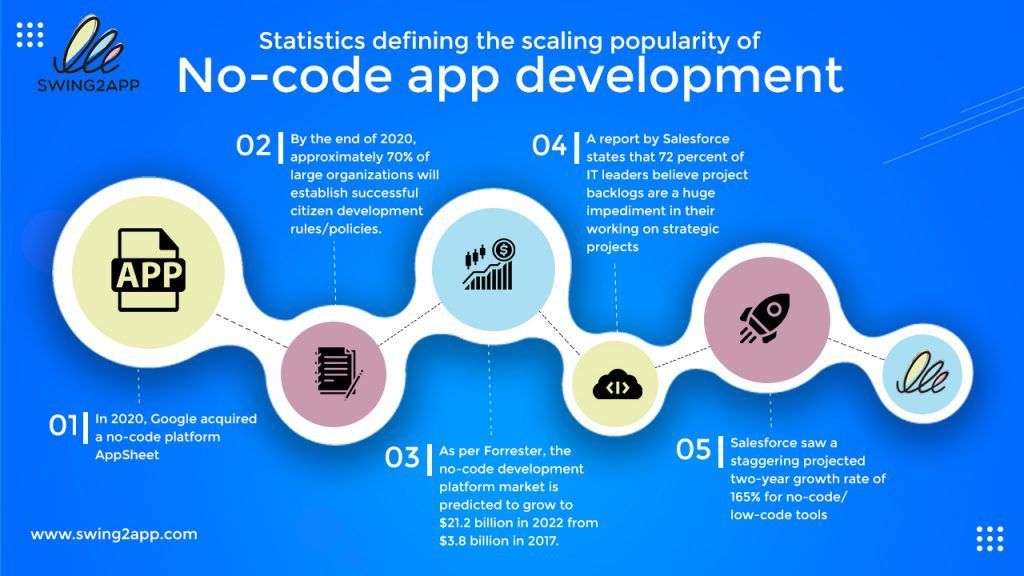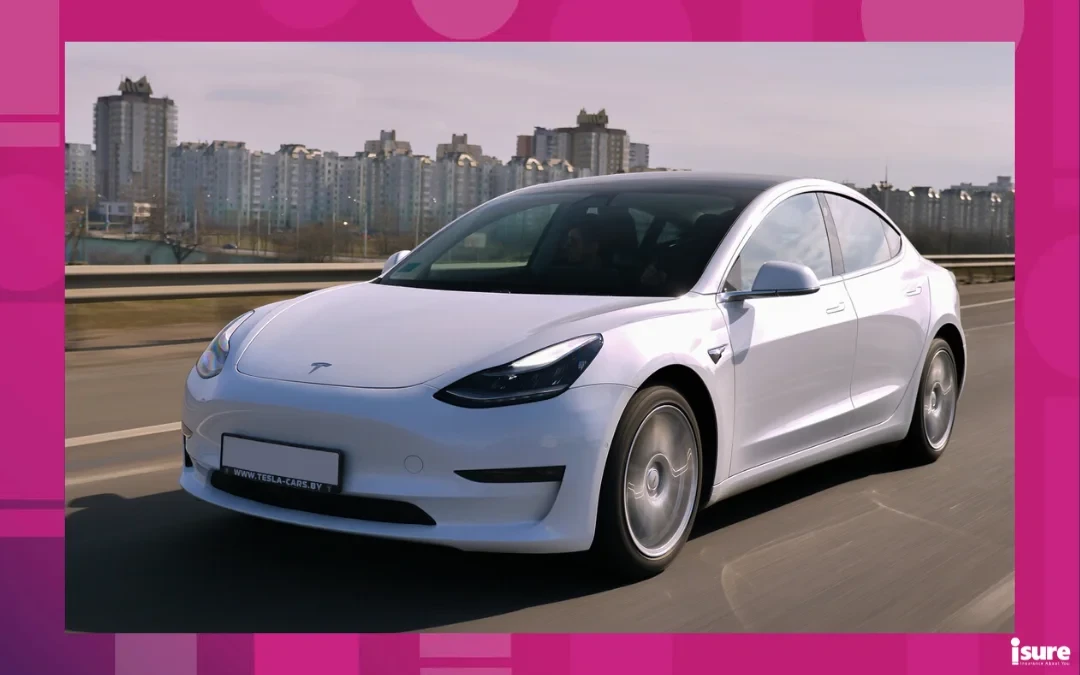
The Role of AI in Environmental Sustainability
- 0
As concerns about climate change and environmental degradation continue to grow, the need for innovative solutions to address these challenges becomes increasingly urgent. One such solution that has gained significant attention in recent years is artificial intelligence (AI). AI has the potential to revolutionize the way we approach environmental sustainability, offering powerful tools for data analysis, predictive modeling, and decision-making. In this article, we will explore the role of AI in environmental sustainability and how it can help us create a more sustainable future.
1. Monitoring and Data Analysis
One of the key ways in which AI can contribute to environmental sustainability is through its ability to monitor and analyze large amounts of data. With the help of sensors and other monitoring devices, AI systems can collect data on various environmental factors, such as air and water quality, biodiversity, and climate patterns. This data can then be analyzed to identify trends, patterns, and anomalies, providing valuable insights into the state of the environment and potential areas for intervention.
AI can also help us make sense of complex environmental data by using machine learning algorithms to identify correlations and relationships that may not be immediately apparent to human analysts. By processing and interpreting data at a scale and speed that would be impossible for humans to achieve, AI can uncover valuable insights that can inform decision-making and policy development.
2. Predictive Modeling
In addition to monitoring and data analysis, AI can also be used to develop predictive models that can help us anticipate and mitigate environmental risks. By analyzing historical data and current trends, AI systems can forecast future environmental conditions and assess the potential impact of different scenarios. This can help policymakers and stakeholders make informed decisions about resource allocation, infrastructure development, and other measures to protect the environment.
For example, AI-powered predictive models can be used to predict the impact of climate change on sea levels, extreme weather events, and natural habitats. By simulating different scenarios and assessing their consequences, decision-makers can develop strategies to adapt to and mitigate the effects of climate change, helping to protect communities and ecosystems from harm.
3. Decision-Making and Optimization
AI can also play a crucial role in decision-making and optimization processes that are essential for environmental sustainability. By analyzing data and generating insights, AI systems can help stakeholders make better-informed decisions about resource management, energy efficiency, and waste reduction. This can lead to more sustainable practices and policies that minimize environmental impact and maximize long-term benefits.
Furthermore, AI can help optimize the performance of environmental systems and processes by identifying areas for improvement and suggesting solutions. For example, AI algorithms can optimize energy use in buildings, water distribution networks, and transportation systems, reducing waste and emissions while increasing efficiency and cost-effectiveness.
4. Innovation and Collaboration
Lastly, AI has the potential to drive innovation and collaboration in the field of environmental sustainability. By providing new tools and technologies for data analysis, modeling, and decision-making, AI can empower researchers, policymakers, and businesses to find creative solutions to environmental challenges. Collaboration between different stakeholders, facilitated by AI platforms and networks, can also foster the exchange of ideas and best practices, leading to more effective and coordinated efforts to protect the environment.
Overall, AI holds great promise for advancing environmental sustainability by providing powerful tools for monitoring, analysis, prediction, decision-making, and innovation. By harnessing the potential of AI, we can create a more sustainable future for generations to come.

